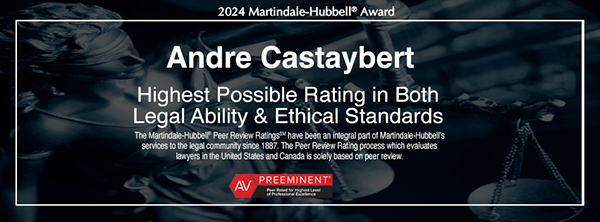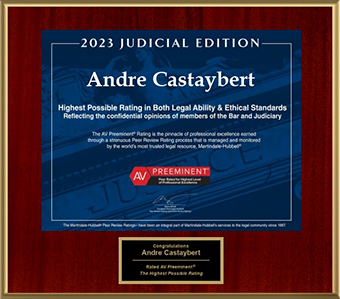Tax Court Ruling A Victory for ‘Starving’ Artists
A situation familiar to many artists pursuing their creative careers while working another job to pay the bills, was brought to light in the Tax courts with a case involving the I.R.S and the artist, and professor, Susan Crile.
Crile, whose work is show at the MET, the Guggenheim, and several other major institutions, was accused by the I.R.S. of underpaying her taxes based on the contention that her work as an artist over the last several decades was, for tax-deduction purposes, not a profession.
Records shown in court revealed that between 1971 and 2013, Crile’s artistic endeavors were only profitable three years, yet the I.R.S. accused her of underpaying her taxes by more than $81,000 from 2004 to 2009. They argued that her work as an artist was “an activity not engaged in for profit,” and that she could not claim tax deductions in excess of the income she made form her art.
The judge in the case ruled that Crile had “an actual and honest objective of making a profit” and therefore under tax law should be considered a professional artist.
Testifying on Crile’s behalf, Robert Storr, dean of the Yale School of Art, said that the ability to deduct art-related expenses was “one of the last remaining areas where the federal government cuts artists any slack to allow them to do what they do,” and that its protection was crucial, according the an article written by the New York Times.
To learn more about what Castaybert PLLC can do for you in terms of Art Law, click here.








